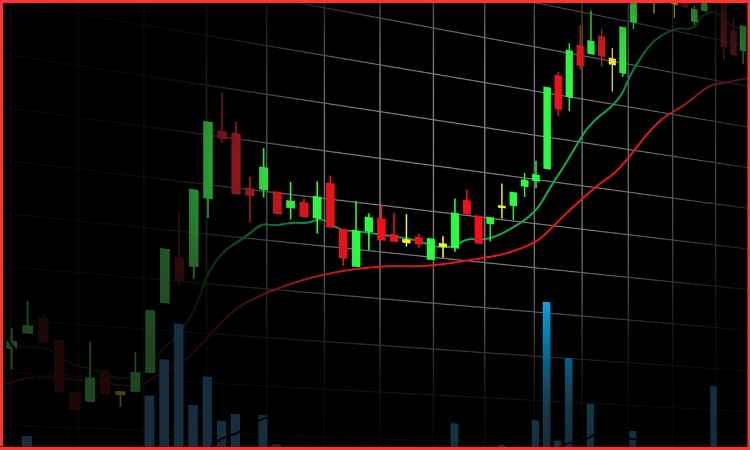Despite global markets struggling under the pressure of increased trade tensions between the US and China, Indian stocks began Friday’s session on a positive note following a day’s break.
The Nifty 50 traded firmly above 22,800 by encouragement gained from investor optimism and positive signals from the domestic derivatives market, while the BSE Sensex reached near the 75,000 mark. Due to the strength of particular sectors and the expectation of strong earnings in the current season, Indian indices were mostly unharmed by the global sell-off in early trading.

Meanwhile, the GIFT Nifty was up by 1.8% at 22,900, which generally acts as a precursor to the Nifty’s opening trend, showcasing that it continued gaining interest from institutional investors.
Global Sell-off Intensifies as Trade War Escalates
Compared to a sharp drop in global shares, Indian markets were optimistic. The Nikkei 225 in Japan saw one of its worst single-day performances in recent months, dropping 5.4% to settle at 32,744. The sudden drops were linked to increased tensions between the two biggest economies in the world after trade tariffs significantly increased.
The US markets were also severely harmed during Thursday’s session. The Nasdaq Composite dropped by 4.6% as investor belief was affected due to uncertainties regarding an anticipated trade war. The aggressive declaration of significant tariff hikes on Chinese goods by the US administration, led by former President Donald Trump, caused the sell-off.
Key Factors Influencing the Market
Select Chinese imports were severely impacted by a total tariff rate of 145% imposed by the US, which included a base tax of 20% and an additional 125% increase. The White House explained that China’s rigidness to remove its own retaliatory tariffs on US goods by a deadline set by the Trump administration, caused the action.
Fears of a tit-for-tat trade war that may create a disturbance in global supply chains and trade flow increased, when China reacted by imposing 84% tariffs on American goods.
This aggressive declaration of significant tariff hikes on Chinese goods by the US administration, led by former President Donald Trump, initiated the sell-off. Unexpectedly, President Trump said that most nations, except China, wouldn’t be impacted by reciprocal tariffs for 90 days. Investor uncertainty remained in spite of the gesture’s anticipated decrease in short-term market tension, as they were worried that the hard attitude toward China would suppress sentiment toward global trade and economic recovery.
Gold became the preferred safe-haven asset in the middle of the chaos. Gold futures saw the greatest one-day increase since April 2020 on Thursday, rising 3.2% to $3,177.50. On its way to its best weekly performance since November 2024, gold is up about 4.7% for the week. The increase in prices reflects increased demand for low-risk assets as traders prepare themselves for extended market uncertainty.
What To Look For In The Future?
With the help of significant industries like metals and pharmaceuticals, major domestic liquidity, and relative macroeconomic stability, Indian markets seem to be stable in spite of the uncertainty in the global economy.
Analysts warn that if tensions increase or spread to other industries, the growing US-China deadlock may eventually reduce the willingness to take risks. In addition to central bank inflation data, which is due next week, market investors will be closely monitoring developments on the trade front.
Although caution is still advised to the investors, the domestic market appears to be detaching itself from the global market’s challenges for a while.















